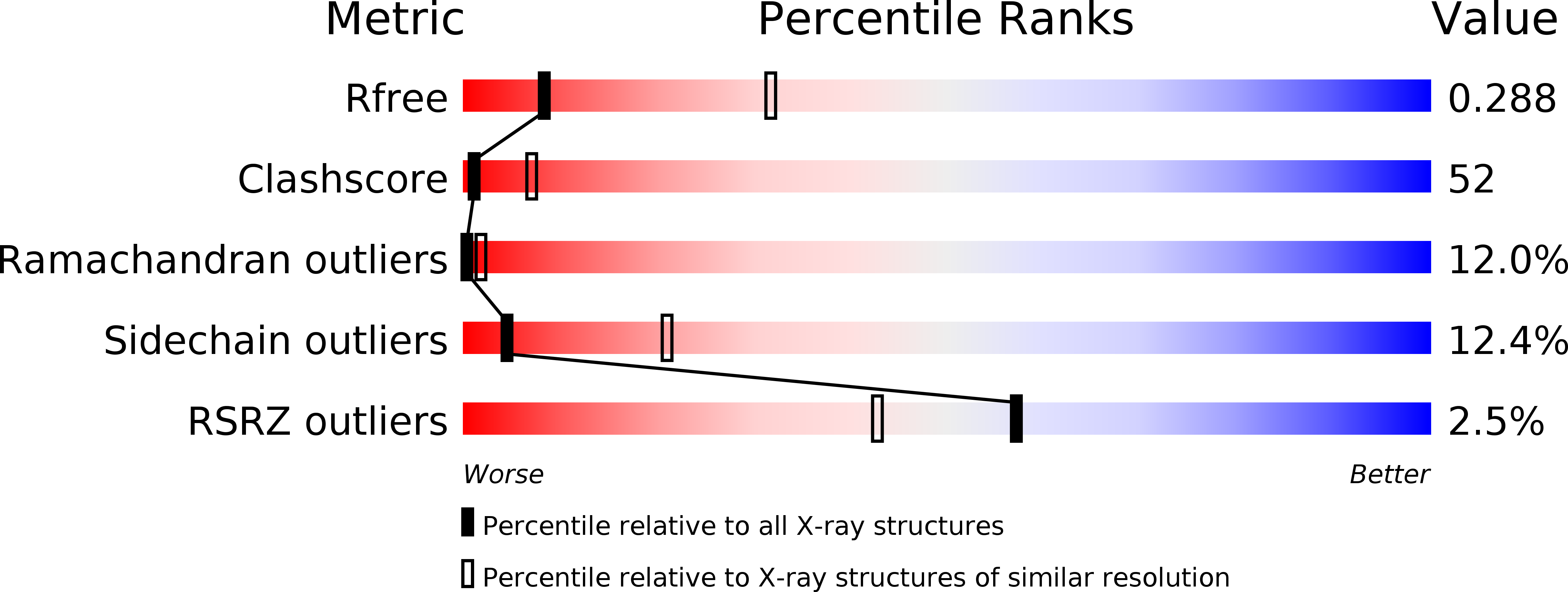
Deposition Date
2013-01-08
Release Date
2013-07-17
Last Version Date
2024-11-06
Method Details:
Experimental Method:
Resolution:
3.20 Å
R-Value Free:
0.29
R-Value Work:
0.25
R-Value Observed:
0.25
Space Group:
I 41 2 2


